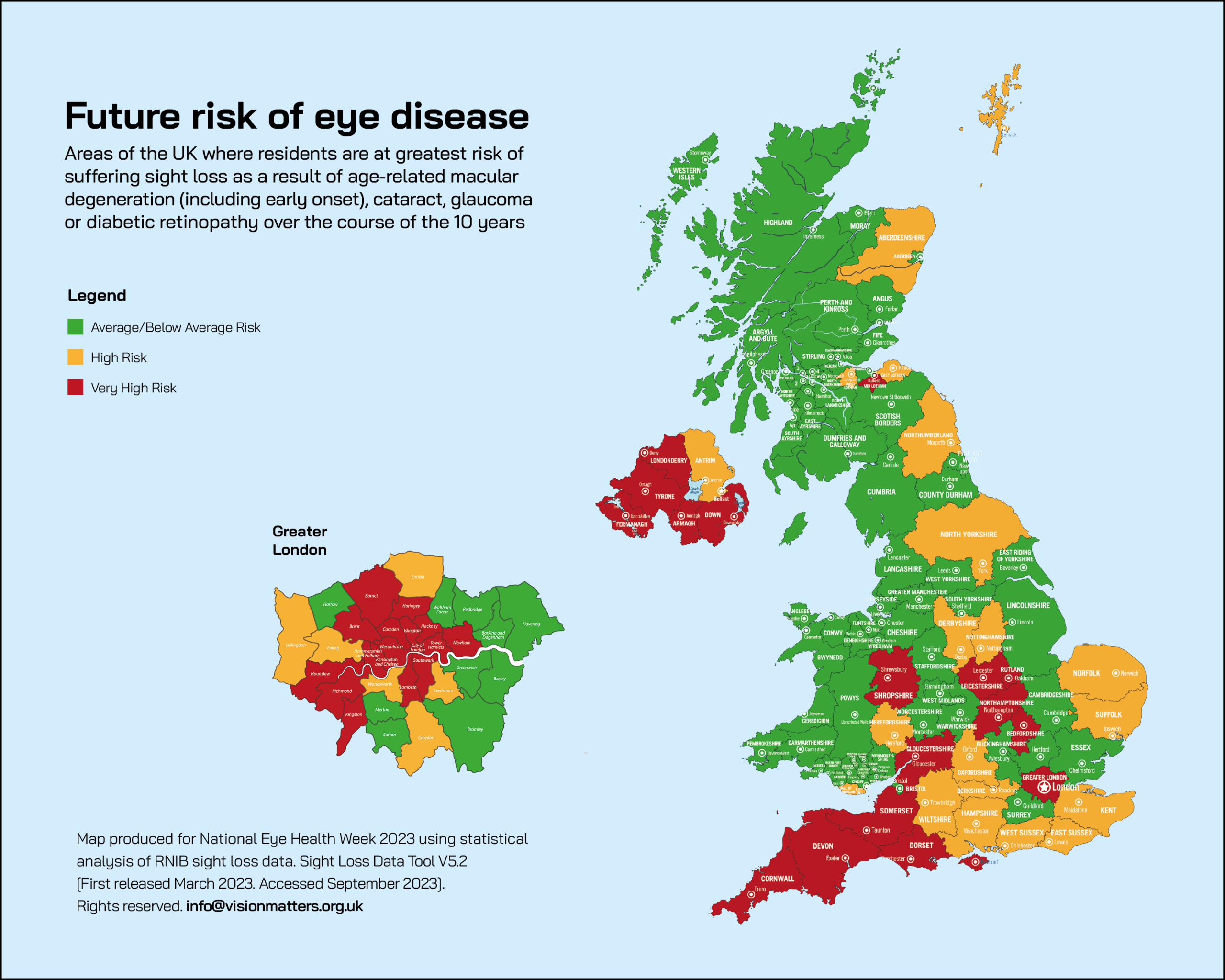Introduction: The Grind Behind Teeth Grinding
Teeth grinding, or bruxism as it’s formally known, is often dismissed as a minor annoyance, a habit that many assume will go away on its own. However, the reality is far more complex and potentially damaging. This involuntary act of grinding or clenching your teeth can lead to a cascade of dental issues, ranging from enamel wear and tear to more severe conditions like temporomandibular joint disorder (TMJ). The repercussions don’t stop at your mouth; they can extend to headaches, disrupted sleep, and even changes in facial appearance over time.
Traditional treatments have offered some relief but often fall short of providing a lasting solution. Dental appliances like mouth guards are commonly prescribed, but they can be uncomfortable and are not a cure. Behavioral therapies aim to address the psychological triggers but often neglect the physical manifestations of the condition. This leaves a significant gap in treatment options, a void that has both patients and healthcare providers seeking alternatives.
Enter Botox, a name synonymous with cosmetic enhancements and wrinkle reduction. While its aesthetic applications are well-known, Botox’s potential as a medical treatment is an area of growing interest. Among its various applications, one stands out as particularly intriguing: the treatment of teeth grinding. But how does it work? Is it safe? Most importantly, is it effective? This article aims to explore these questions in depth, offering a comprehensive look at Botox for grinding teeth as a potential game-changer in the treatment of bruxism.
What is Teeth Grinding?
Causes of Teeth Grinding: Teeth grinding can be triggered by various factors, including stress, anxiety, abnormal bite, and sleep disorders. Understanding the root cause is crucial for effective treatment. For some, it’s a combination of mental stress and poor dental alignment, while for others, it could be a side effect of certain medications.
Symptoms and Complications: The symptoms often go unnoticed until complications arise. These can range from mild tooth sensitivity to severe dental damage, jaw disorders, and even changes in facial appearance. Early detection is key to preventing long-term damage.
Traditional Treatments for Teeth Grinding
Dental Appliances: The most common treatment involves using dental appliances like mouth guards. These devices are designed to provide a barrier between the upper and lower teeth, thus preventing grinding. However, they can be uncomfortable and are often considered a temporary solution.
Behavioral Therapy: Cognitive-behavioral therapy (CBT) is another option. It aims to change the behaviors leading to teeth grinding through a series of psychological interventions. While effective for some, it doesn’t address the physical aspects of the condition.
What is Botox?
How Does Botox Work?: Botox is a drug made from a toxin produced by the bacterium Clostridium botulinum. It’s mainly used for reducing wrinkles by paralyzing muscles. But how does it work? Botox blocks the neurotransmitters that cause muscle contractions, leading to temporary paralysis of the targeted muscles.
Botox in Medical Treatments : Beyond cosmetics, Botox has a range of medical applications, including treating migraines, excessive sweating, and certain eye disorders. Its muscle-relaxing properties make it a candidate for treating teeth grinding.
Botox for Teeth Grinding
The Procedure: The Botox procedure for teeth grinding is relatively straightforward. A healthcare provider injects a small amount of Botox into the masseter muscle, one of the muscles that move the jaw. The treatment takes about 10-30 minutes and can be done in an outpatient setting.
Benefits: The primary benefit is muscle relaxation, which can significantly reduce or even eliminate teeth grinding. Many patients report immediate relief and improved sleep quality.
Risks and Side Effects: Like any medical procedure, Botox injections come with risks, including bruising, pain at the injection site, and in rare cases, difficulty swallowing. It’s essential to consult a qualified healthcare provider for a comprehensive risk assessment.
Effectiveness: So, is Botox effective for teeth grinding? Studies show promising results, with many patients experiencing a significant reduction in symptoms. However, more research is needed to establish long-term effectiveness.
Alternative Treatments
Acupuncture: Acupuncture is an alternative treatment that involves inserting thin needles into specific points on the body. While not as widely studied as Botox, some find it effective in reducing teeth grinding.
Herbal Remedies: Herbs like valerian root and lavender have been used to treat teeth grinding. However, their effectiveness is not scientifically proven, and they should not replace professional medical advice.
Conclusion
As we’ve journeyed through the complexities of teeth grinding and the potential role of Botox in its treatment, it’s clear that this is a subject requiring nuanced understanding and careful consideration. Botox offers a promising avenue for those who have found little to no relief from traditional treatments. Its muscle-relaxing properties have shown significant potential in reducing, and in some cases, eliminating the symptoms of teeth grinding. However, it’s crucial to remember that Botox is not a magic bullet. Like any medical procedure, it comes with its own set of risks and considerations, and its long-term effectiveness is still a subject of ongoing research.
What makes Botox a compelling option is its ability to offer immediate relief for a condition that often goes unnoticed until severe complications arise. It provides another tool in the arsenal for healthcare providers and a glimmer of hope for patients who have been grinding their way through sleepless nights and painful mornings.
As we move forward, more research is needed to fully understand the long-term implications and effectiveness of using Botox for grinding teeth. But for now, it stands as a promising alternative, a beacon of potential relief for those plagued by the persistent grind. Before taking the plunge, consult with a qualified healthcare provider to discuss your symptoms, weigh the risks and benefits, and determine whether Botox could be the right solution for you.






